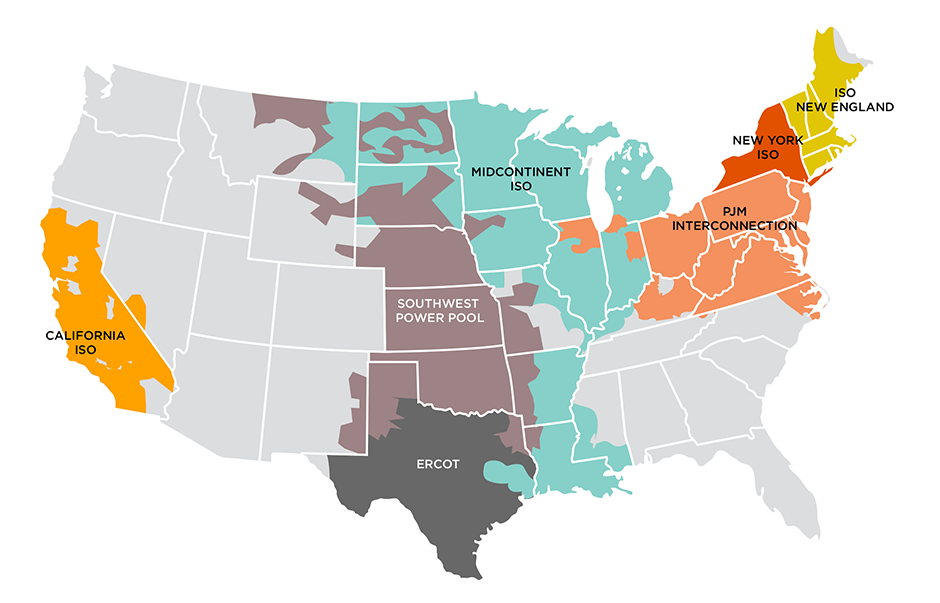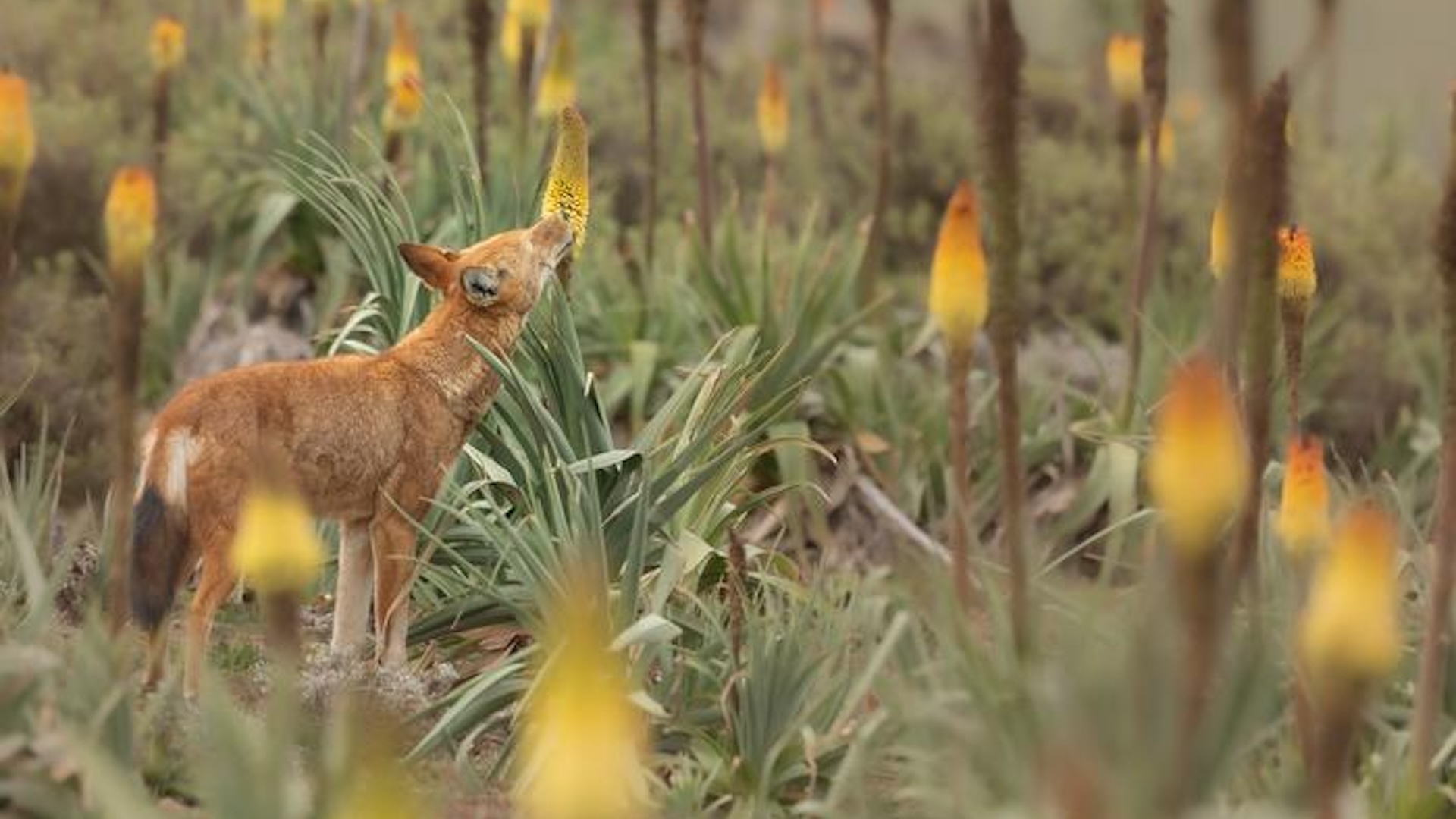Fire, Vol. 7, Pages 417: Topography and Wildfire Jointly Mediate Postfire Ecosystem Multifunctionality in a Chinese Boreal Forest
Authors: Jianjian Kong Zifan Ding Wenhua Cai Jiaxing Zu Bo Liu Jian Yang
Both topography and wildfire can exert significant influences on ecosystem processes and functions during boreal forest successions. However, their impacts on ecosystem multifunctionality (EMF) remain unclear. A mega-fire burned an area of 8700 hectares in the Great Xing’an Mountains in 2000, creating a wide range of fire severity levels across various topographic positions. This provided a unique opportunity to explore the impacts of mixed-severity fire disturbance in boreal forests. We evaluated the effect pathways of wildfire and topography on aboveground multifunctionality (AEMF), soil multifunctionality (SEMF), and overall multifunctionality (OEMF). We found that high-severity burning resulted in lower AEMF, SEMF, and OEMF relative to low-severity burning. Topographic positions significantly influenced SEMF and OEMF, but not AEMF. Specifically, both lower SEMF and OEMF were observed on south-facing slopes. The structure equation model analysis showed that aspect had exerted strong indirect effects on AEMF, SEMF, and OEMF by affecting soil moisture and regenerated tree density (RTD). Fire severity had indirect negative effects on AEMF and OEMF by reducing RTD and on SEMF by reducing soil bacterial diversity and RTD. Our study elucidates the necessity of considering postfire site environments to better manage forest ecosystems and, in turn, promote the rapid recovery of boreal ecosystem functions.

 1 week ago
19
1 week ago
19


